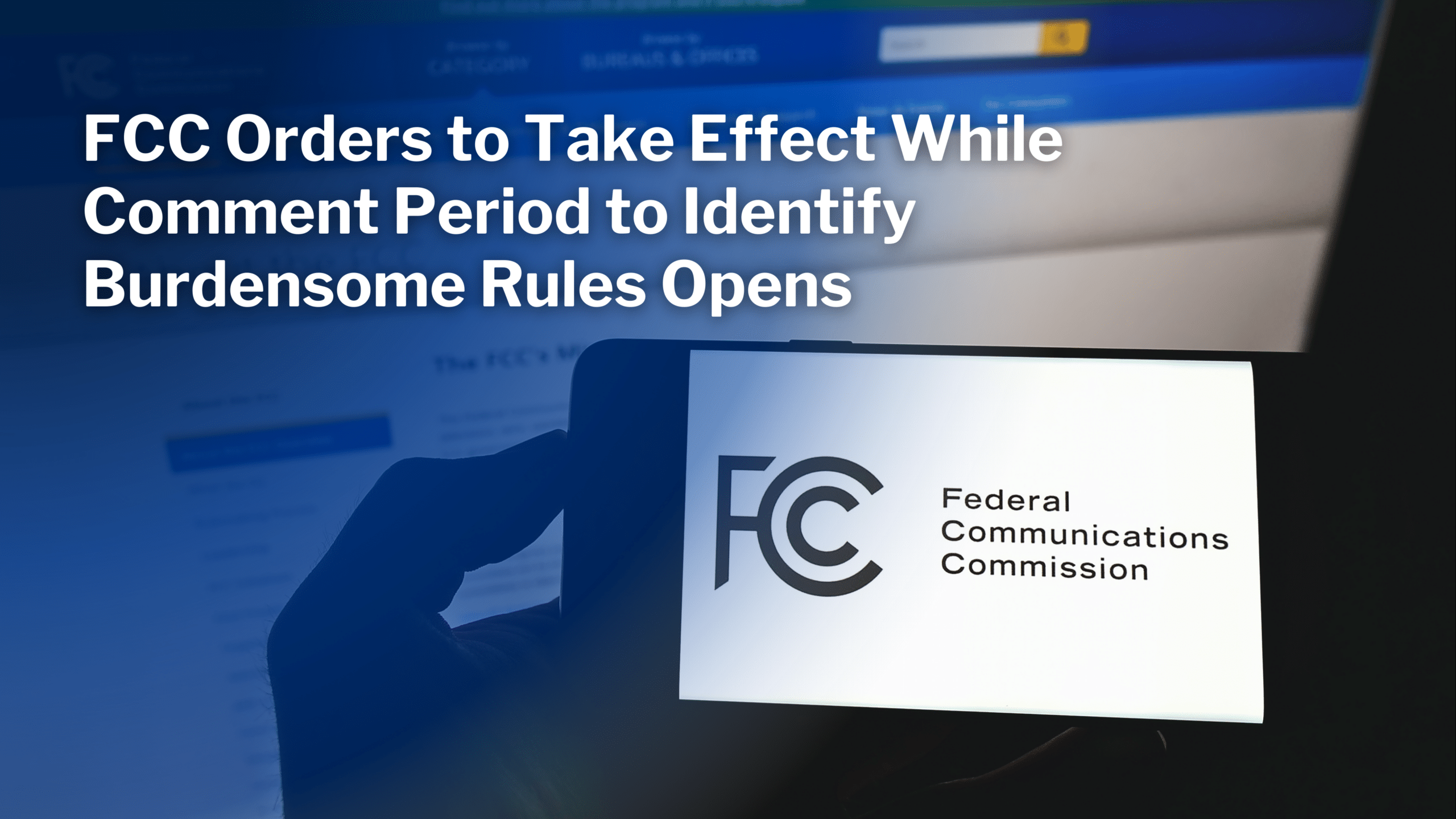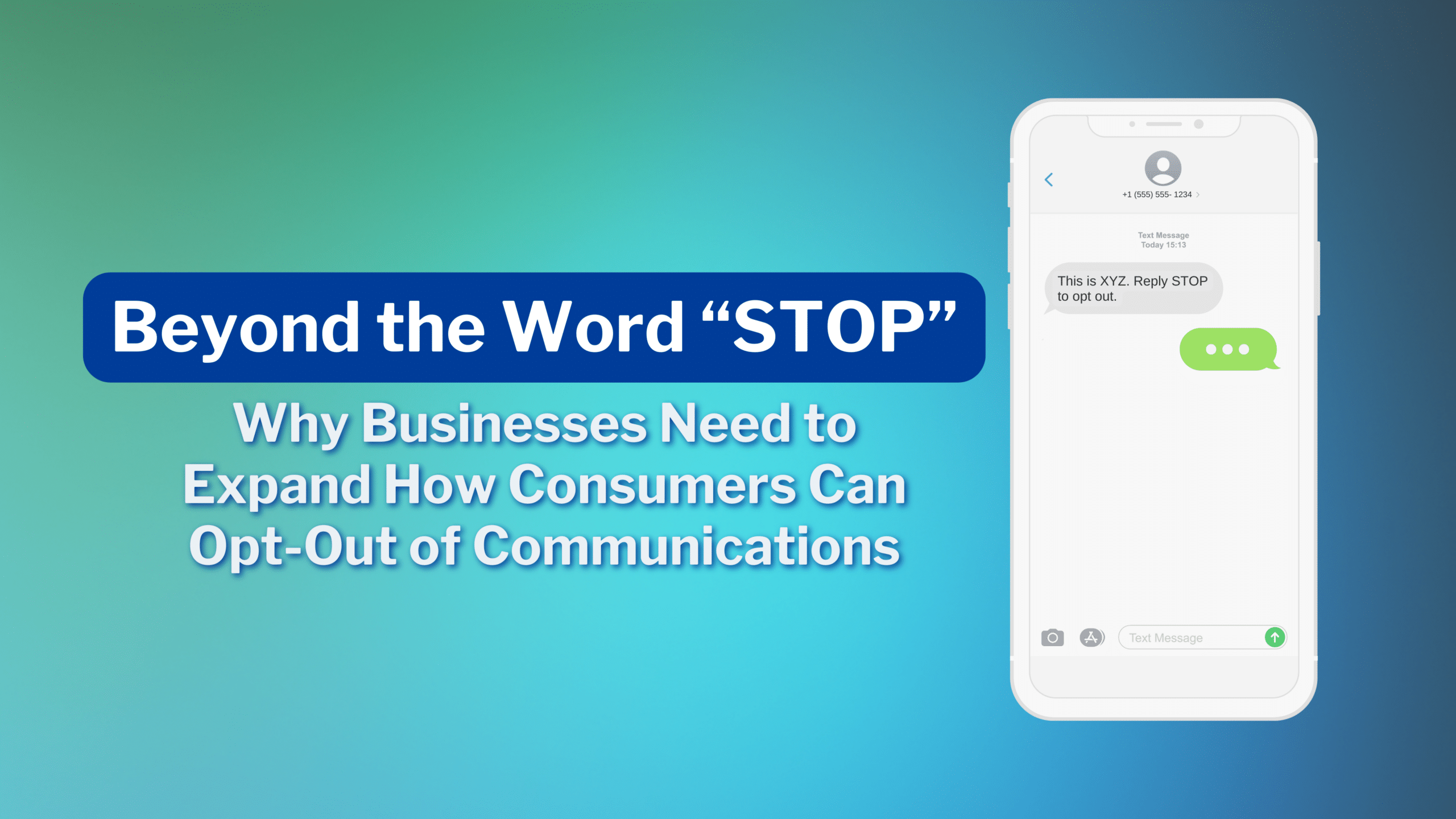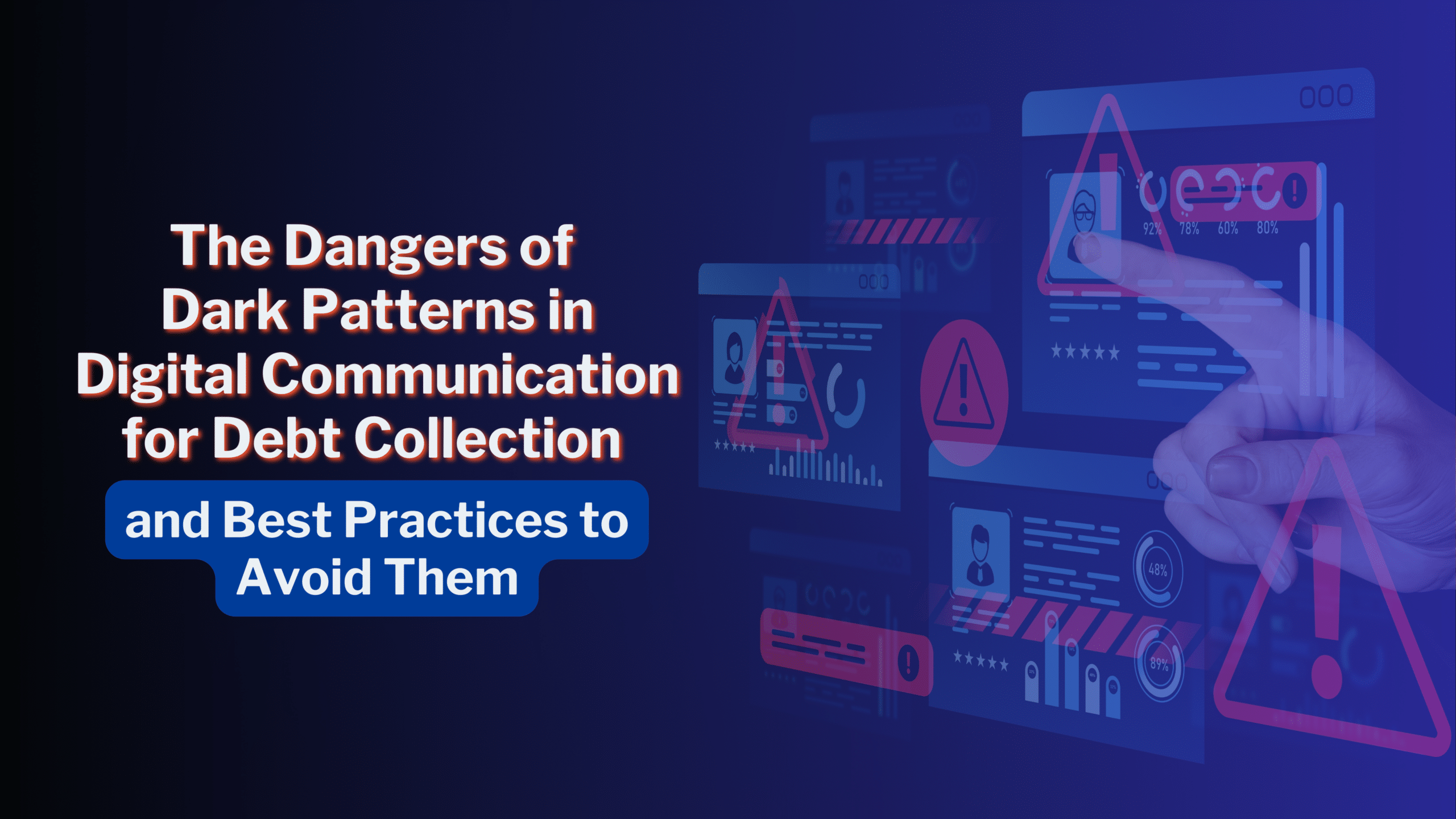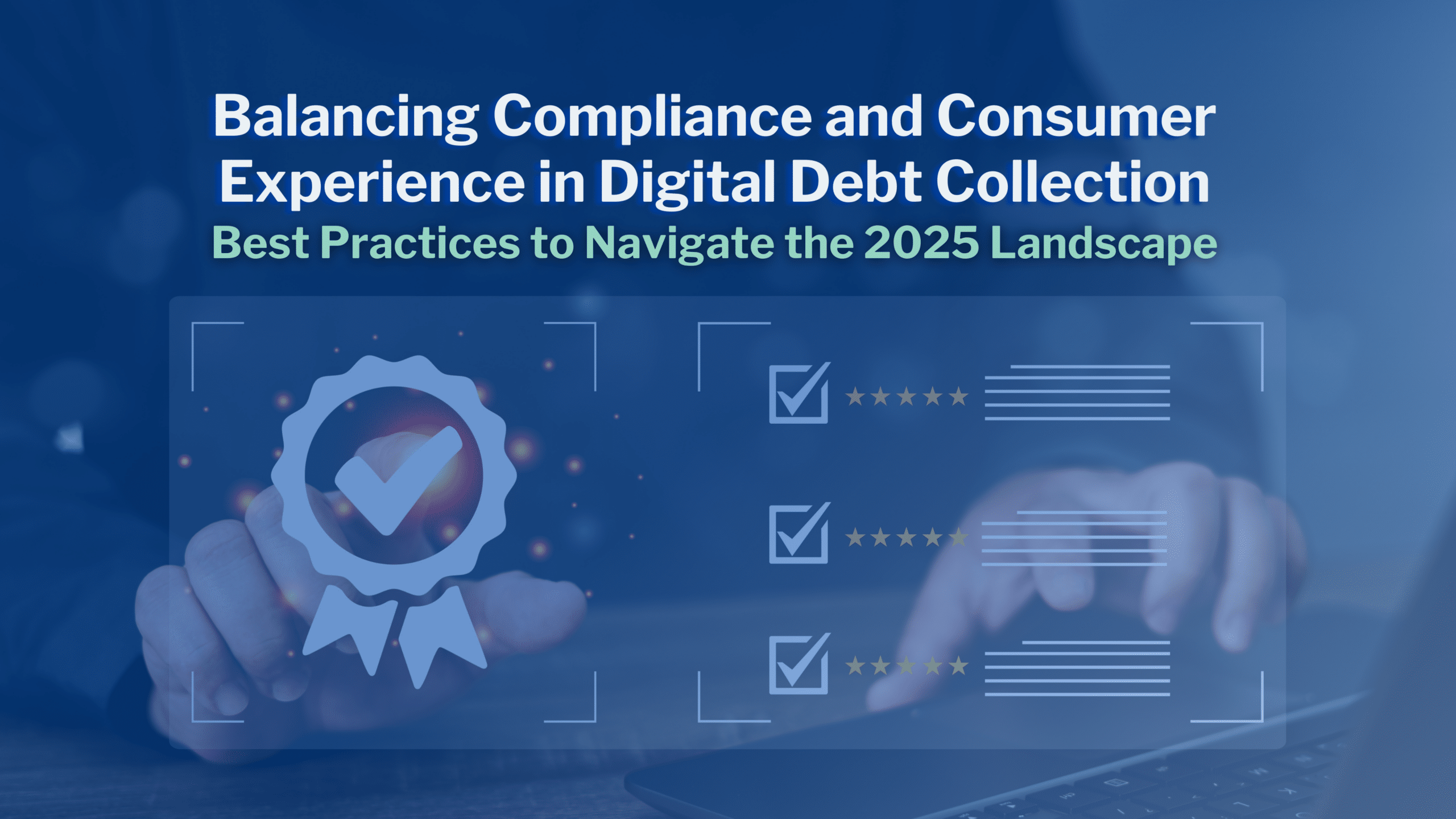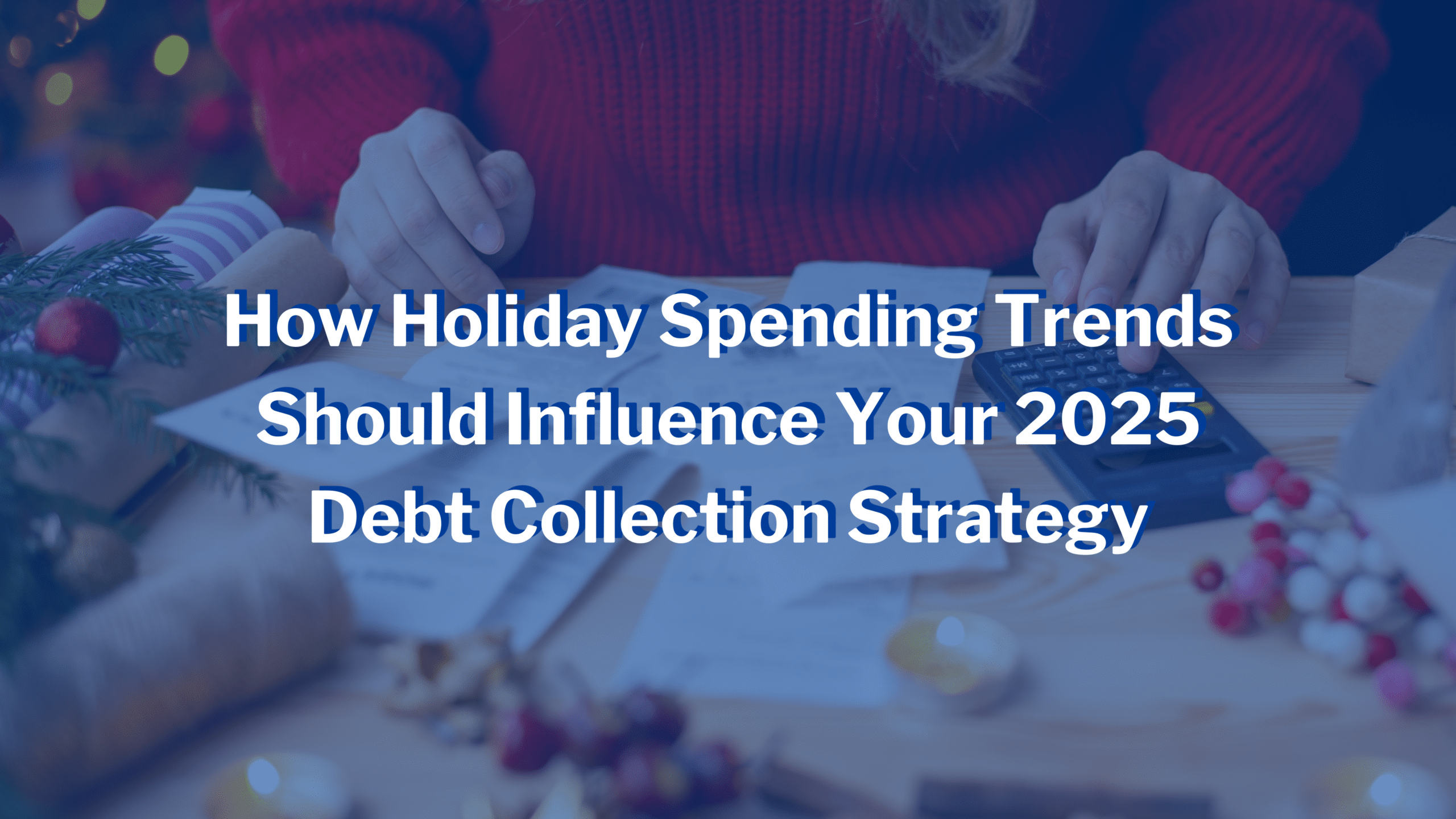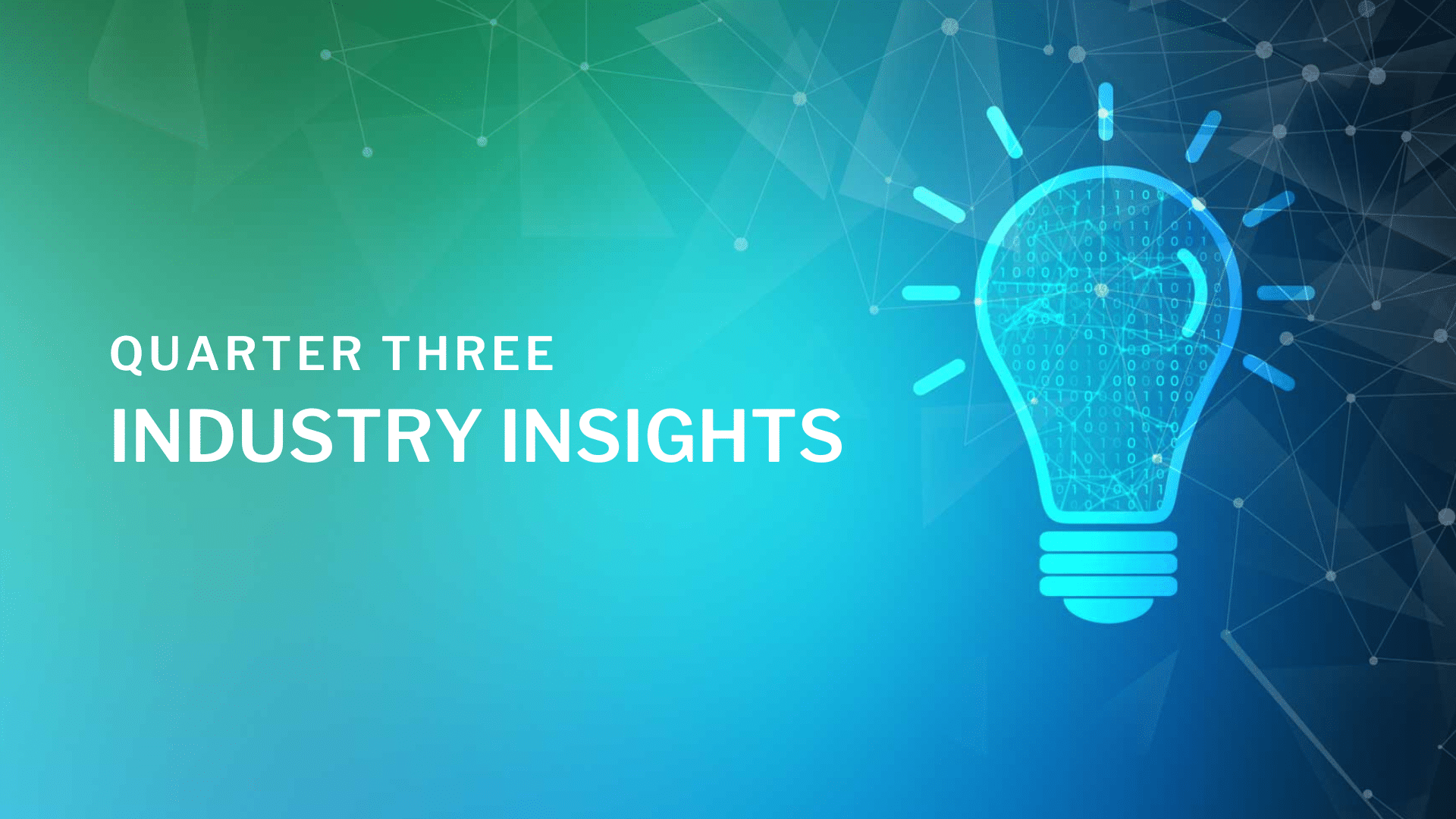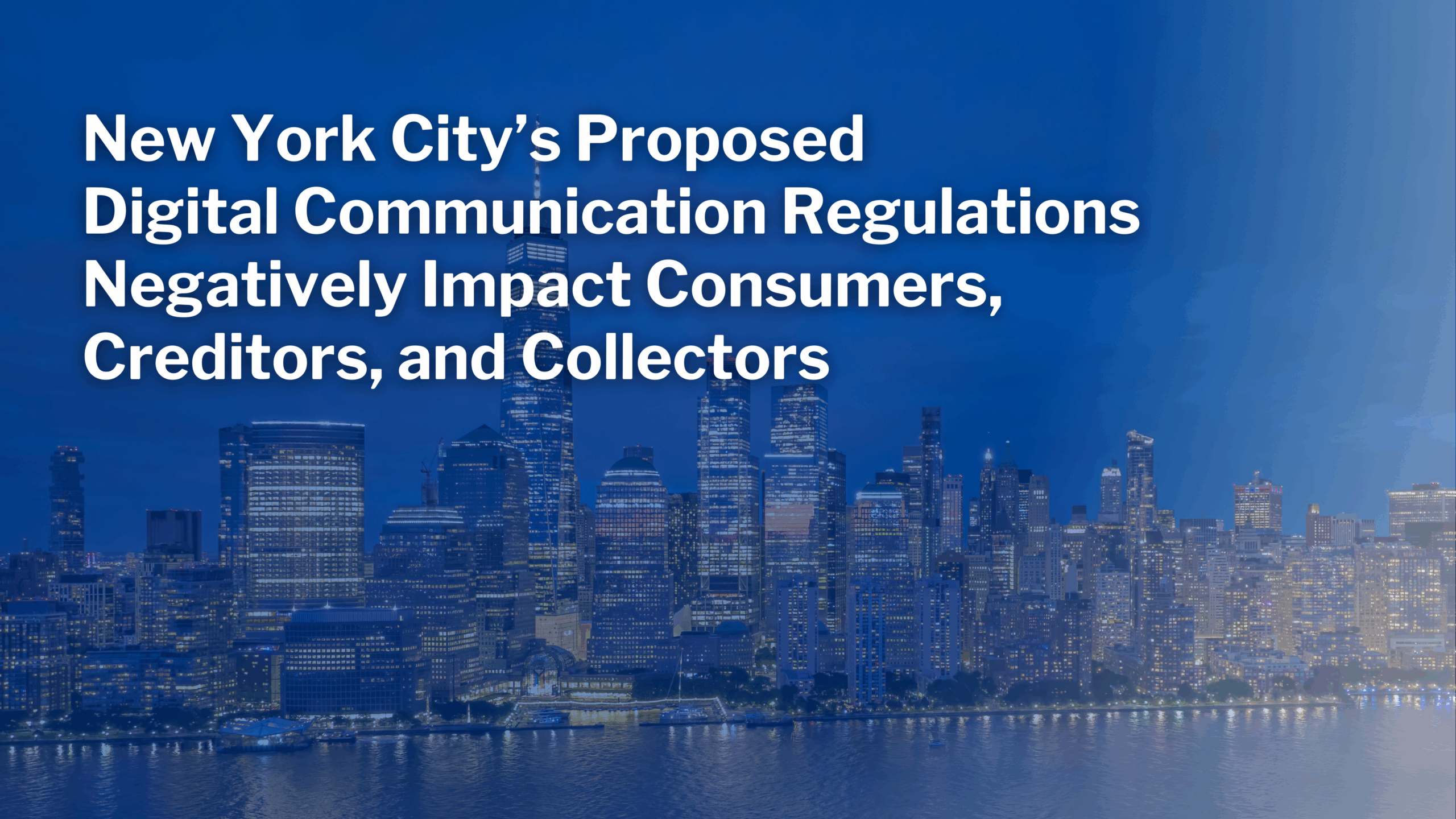
New York City’s Department of Consumer and Worker Protection (DCWP) has been actively revising an amendment to their debt collection rules since November 2022. Multiple rounds of proposed amendments and public hearings have occurred, resulting in several revisions based on stakeholder feedback. In August 2024, DCWP published a notice of adoption of the final version of the amendment, initially effective December 1, 2024. Due to stakeholder confusion, requests for additional time, and a lawsuit filed by ACA International and Independent Recovery Resources, the DCWP extended the effective date to October 1, 2025. On April 10, 2025, the DCWP released additional changes to the amendments aimed to clarify “the applicability of rules to original creditors collecting their own debts, address trade practices and consumer protection concerns.” Any comments are due by June 10, 2025 and the amendment takes effect on October 1, 2025.
Though we have entered an era where digital communication is becoming the standard, New York City’s newly revised proposal still restricts debt collectors from using email and SMS without prior consumer consent. Additionally, the changes require original creditors, who already obtained consent to communicate electronically, to take additional steps after starting debt collection. While the changes are well-intentioned in their aim to “clarify the intent and applicability of recently adopted amendments” to the debt collection rules and ultimately address the industry concerns that resulted in a lawsuit over the first proposed amendment, the amendments still have the unintended consequence of making it more difficult for those who are struggling with debt to learn about and resolve their issues efficiently, effectively, and without added layers of frustration. Consumers, creditors, and collectors should all be concerned and seeking additional revisions.
Statistics and Court Rulings Reinforce the Benefits of Digital Consumer Engagement
In today’s world, 80% of consumers prefer a full digital banking experience, including when it comes to debt collection. Why? It’s simple: these communication methods are quick, convenient, and less intrusive. They allow consumers to engage with creditors or debt collectors on their own time, whether they’re at home, at work, or on the go—and it’s no surprise that 25% of consumers engage with emails after 9:00 pm and before 8:00 am.
Emails and SMS messages are particularly effective in reaching consumers who might not be available for a phone call or may be reluctant to open a letter. Email allows for easy documentation, while text messages offer a faster, less formal way to remind consumers of their debt obligations. This is why many consumers prefer these methods over phone calls, which can be disruptive and intrusive. The federal courts agree. A recent TrueAccord court victory in the Northern District of Illinois stated unequivocally that receiving an email about a debt is less intrusive to consumers than receiving a phone call. And a separate TrueAccord victory as email is silent unlike “noisy telephone rings.”
The Pitfalls of New York City’s Proposed Laws on Consumers
Despite statistics and court rulings, the New York bill in question would require debt collectors to get explicit consent before contacting consumers via text or email, limiting these convenient communication channels. While the law’s proponents argue that these measures are necessary to protect consumers from excessive communication, it overlooks the fact that the existing state and federal law already prohibits debt collectors from harassing consumers. It is illegal under existing New York City, New York state and federal debt collection laws to harass or communicate excessively thereby annoying consumers. The proposal ignores the significant benefits digital outreach provides consumers.
Digital communications are a step forward in consumer protection providing consumers with a written and documented record of communications. Digital channels offer protection from unwanted communication with easy ways to opt out. Email service providers launched one-click unsubscribe last summer, requiring senders to display a one-click unsubscribe button at the top of all emails. To opt-out consumers need only click on the one-click unsubscribe. Consumers can also mark emails as SPAM. When enough consumers take that action, the sender gets banned by the email providers. Consumers can just as easily reply STOP to opt out of SMS communications. The CTIA short code rules require senders to honor several different key word opt-outs and failure to do so results in suspension of the short code.
This proposed amendment ultimately makes it much harder to reach a consumer in the first place. Imagine being behind on payments and missing multiple calls from your creditor, only to later discover that you can no longer be contacted by email or SMS until you opt in. Requiring consent first introduces a significant hurdle. Getting a consumer to respond to a phone call at all (let alone to opt into email or SMS communication) is notoriously difficult, with 80% reporting they will block calls from unknown numbers, according to research from TransUnion. With that in mind, the New York law has the potential for many consumers to simply ignore the phone call to give their consent to be contacted digitally, and as a result, miss out on opportunities to resolve their debt.
This is problematic because the majority of consumers actually prefer digital communication with debt collectors. According to research, many debtors are more likely to engage with collection agencies when contacted by email or text message than by phone or traditional mail. The rise of these technologies has made it easier for people to manage their debts without feeling overwhelmed by the process. For consumers in New York, the proposed legislation could effectively take away a tool that could help them avoid debt-related anxiety, delays, and confusion.
The Pitfalls of New York City’s Proposed Laws for Business Operational Costs
Beyond consumer experience, the New York City proposed further amendment would negatively impact businesses’ bottom line. Studies have found that customers contacted digitally make 12% more payments than those contacted via traditional channels; this will be eliminated under the proposed amendment. Whether collecting in-house or using a third-party agency, the additional operational costs that go into traditional methods like outbound dialing and snail mail have always made initiating communication via digital channels a more cost-effective way to collect—an option that will no longer be afforded to New York City residents.
Even before the release of the additional amendments, businesses and agencies executing outbound call strategies and leveraging dialer technologies faced the reality that 49.5% of consumers take no action after a collection call—and, again, that’s if you can actually get a customer to answer the phone.
And for collectors relying on physical letters to make contact or gain consent, the process is even slower and easily ignored or lost by the consumer—and more costly for the business. Sending letters has become significantly more expensive with the cost of a single paper letter often exceeding 75 cents, depending on the number of pages per letter and volume. If you then take into consideration that contacting first through a customer’s preferred channel can lead to a more than 10% increase in payments and 59.5% of consumers prefer email as their first choice for communication—snail mail isn’t just expensive thanks to the price of paper and stamps, but it can also negatively impact repayment rates from late-payers who prefer digital contact.
NYC Residents Should Receive the Same Digital Communications Benefits All Non-NYCers Receive
The primary goal of these regulations should not be to ban digital communication methods, but rather to regulate them in a way that safeguards consumers from harassment while maintaining their access to modern, efficient forms of communication. Digital communication offers consumers more control over how and when they are contacted, with email and text message platforms incorporating built-in features like unsubscribe options and opt-out mechanisms to prevent unwanted communication. New York City’s stricter rules would leave consumers at a disadvantage, especially those who are less likely to answer phone calls.
In contrast, the rest of the country allows consumers to receive important information about their debts through digital means without additional barriers. For consumers outside New York City, debt collectors can proactively send communications through email and text, as long as these messages include clear opt-out options, such as “reply STOP” for text messages or unsubscribe links for emails. Strict penalties exist for failure to honor opt-out requests, ensuring that consumers retain the ability to control their communication preferences. Furthermore, digital communications in these areas are subject to the same frequency limitations as traditional methods under the Fair Debt Collection Practices Act (FDCPA) and Regulation F, which means consumers still have protections against excessive or harassing contact.
The overwhelming preference for a full digital banking experience, as mentioned above, means many consumers already opt-in and communicate through primarily digital channels with their creditors. Requiring consumers who have already opted-in to have to again opt-in to digital communications in order to discuss the same account with a collection agency adds burden to consumers. When a consumer provides their electronic contact information (email address or cell phone number) to the creditor, there should be little doubt that the consumer desires to communicate electronically. If the consumer does not, they can unsubscribe or opt out from continuing to receive messages through these channels.
Of the millions of email communications TrueAccord sends, only 0.10% of consumers unsubscribe, most using the unsubscribe link provided in the email. And out of the millions of text messages we send, all of which contain the phrase “Reply STOP to opt-out,” on average only 2.07% of consumers reply stop.
Additionally, email addresses offer a distinct advantage over physical addresses or phone numbers in that they remain consistent over time, while other contact details may change more frequently. For consumers who move often, such as military families, email ensures that they don’t miss important communications because of an outdated address or phone number. By allowing digital communication, New York can help ensure that important debt-related messages are delivered without the risk of missed communication due to address changes.
A balanced approach could allow debt collectors to reach consumers via email and SMS in a regulated manner, ensuring that consumers are protected from excessive or intrusive contact, while still enabling them to resolve their debts on their own terms.
